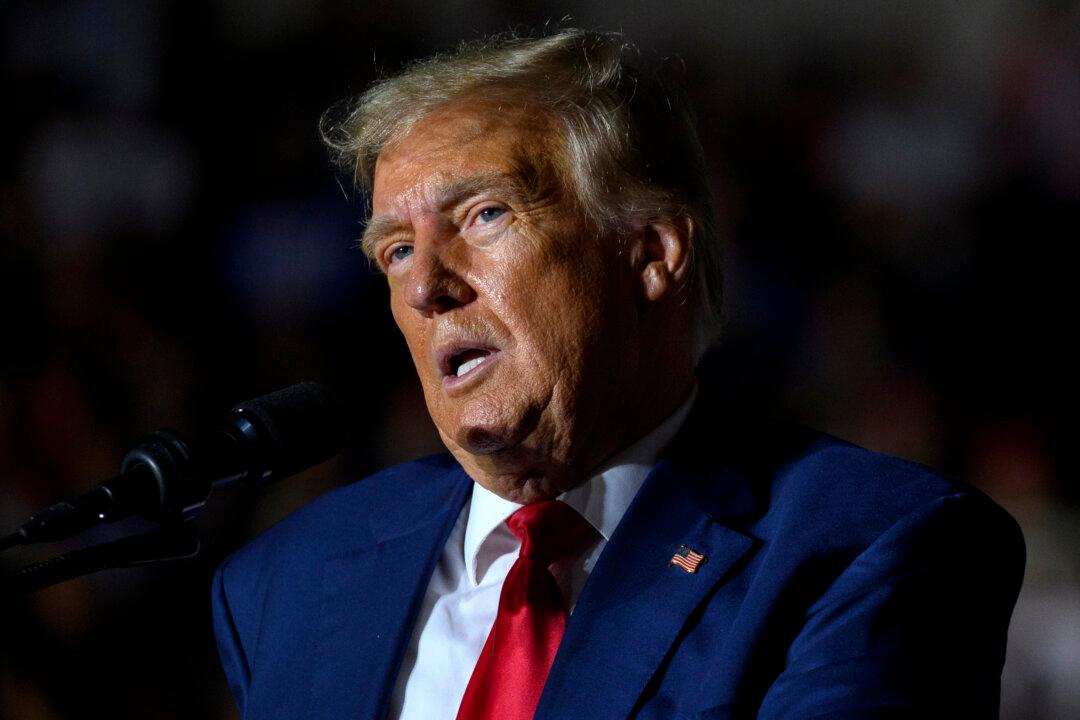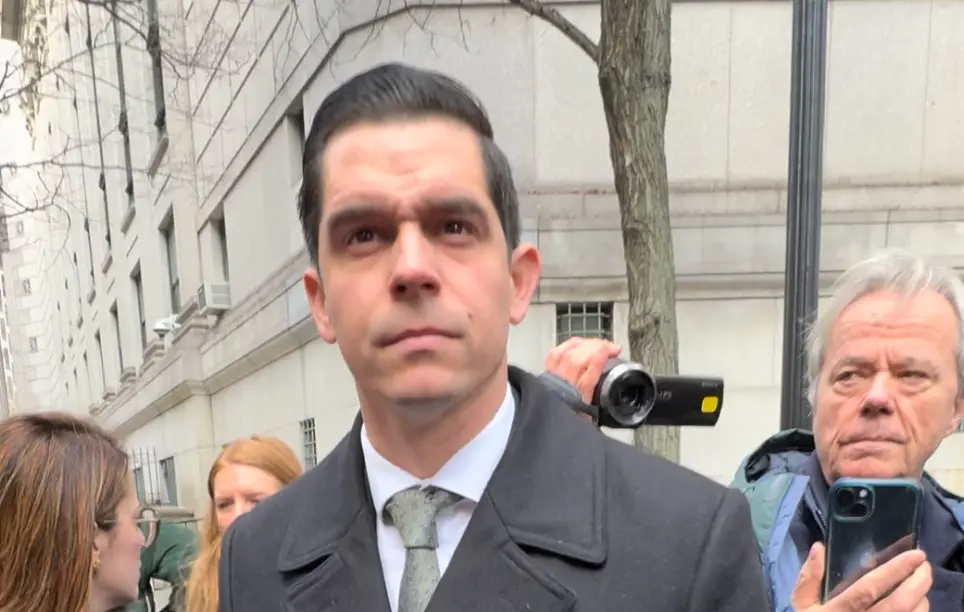The latest indictment against former President Donald Trump alleges he engaged in criminal conspiracies connected with his attempts to challenge the results of the 2020 election.
While Special Counsel Jack Smith in the indictment acknowledges Mr. Trump had the right to publicly claim election fraud and challenge the results through “lawful” means, the prosecutor charges that the former president’s actions went into unlawful territory.






